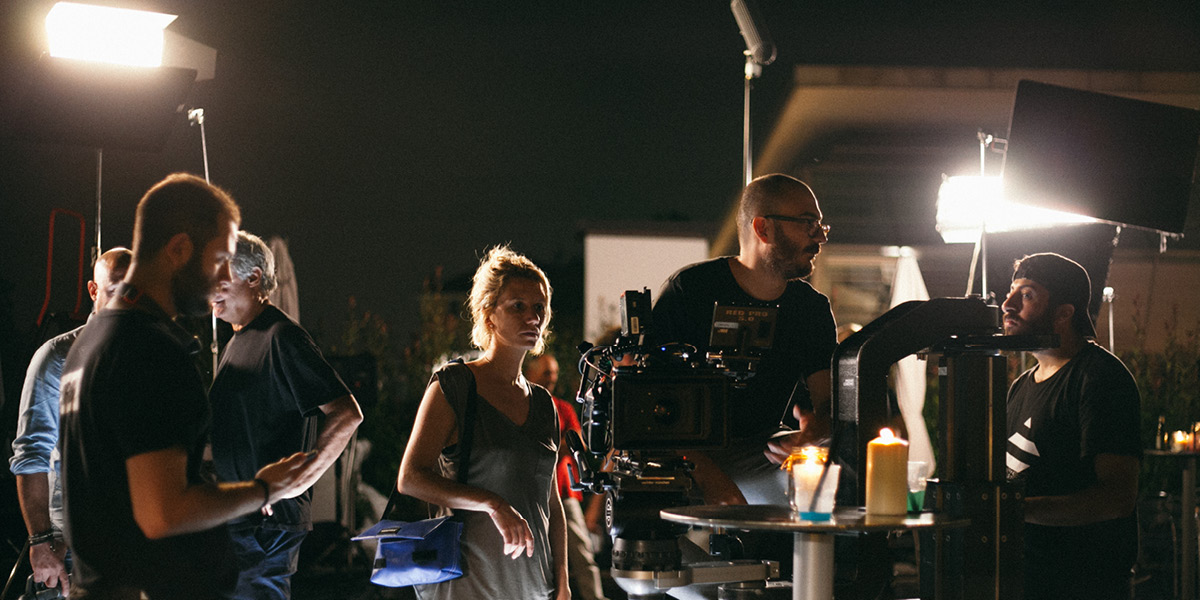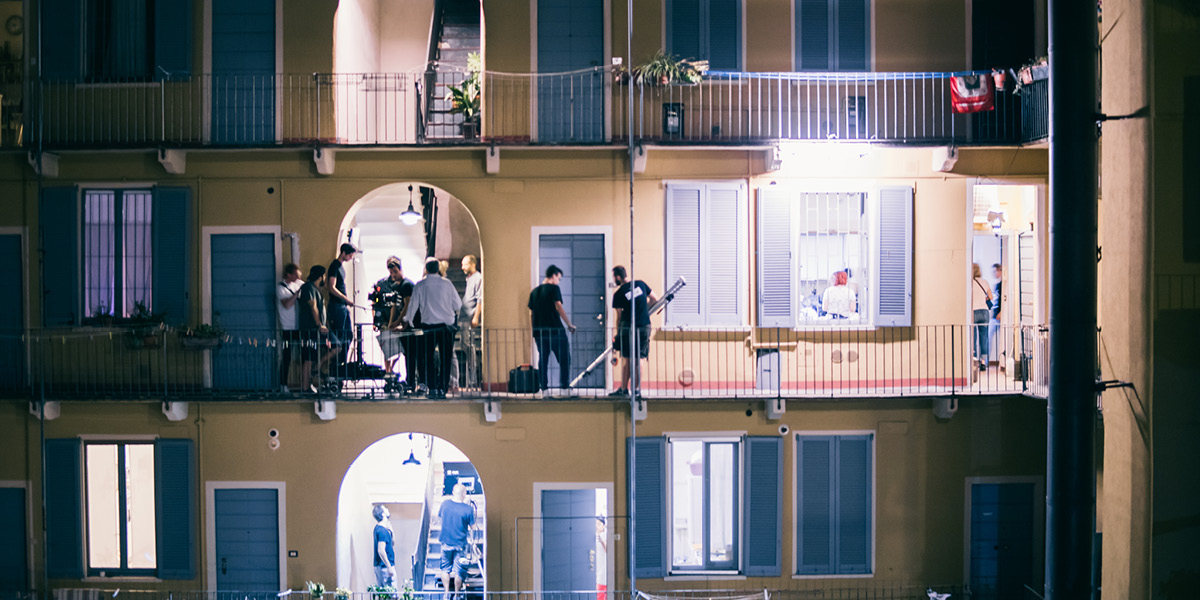-
How to become
Creative Technologist

Who is a Creative Technologist
Digital technologies and artificial intelligence have had, and will have in the near future, an increasing impact on the way people work and develop projects. Today, profiles who are able to find innovative solutions, applying technology to creative challenges to deliver unique user experiences are in demand in most industries. This is precisely the role of a Creative Technologist - a link between creative and technical teams whose tasks range from developing interactive prototypes to programming applications and experiences in VR.
What do Creative Technologist do?
The main areas in which Creative Technologists works include advertising and marketing. In this case, they contribute in the creation of advertising campaigns that use new media and expressive languages, to increase target audience engagement. In art, design, and architecture, on the other hand, these professionals may be called upon to create interactive installations, virtual reality experiences, user interfaces, or parametric design projects that enhance the interaction between people and their surroundings. AR and VR experiences are also increasingly in demand in radically different sectors such as fashion and education. In the first case, the goal is to engage the audience. In the second, it is to find interactive solutions to support learning.
What skills should Creative Technologists have?
Bridging creativity and technology requires transversal technical skills and soft skills. Listed below are some of the skills which identify this profile who, in any case, must have a disposition for learning to work on different projects and cope with the proliferation of new solutions.
- Technology knowledge: understanding of emerging technologies (e.g., AI, VR, or Internet of Things), ability to evaluate and implement the most appropriate technology for a given creative challenge.
- Programming: basic programming knowledge and familiarity with web and mobile development languages such as HTML, CSS, JavaScript and Python.
Creativity and lateral thinking: ability to think creatively and outside the box to generate innovative ideas and apply technology in unique and engaging ways.
How to become a Creative Technologist?
As mentioned in the previous paragraph, Creative Technologists must have technical and creative skills. These can be acquired through training and then refined through daily work. At NABA, the Three-year course in Creative Technologies conveys the know-how needed to work with the most innovative digital techniques. The course provides foundation for creating interactive digital experiences, prototypes, user interfaces and virtual experiences. These can be put to work and refined during the internship period.

